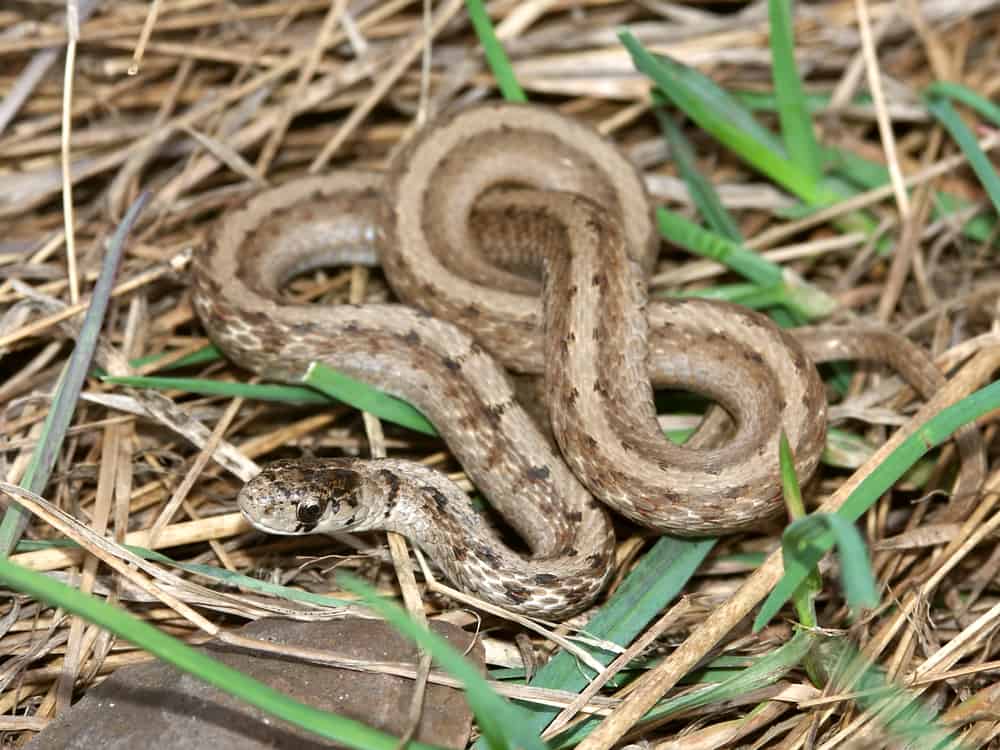identifying baby snakes in missouri
The head of a king snake is wider than the neck and baby king snakes have bulging eyes. Ad Browse Discover Thousands of Science Book Titles for Less.
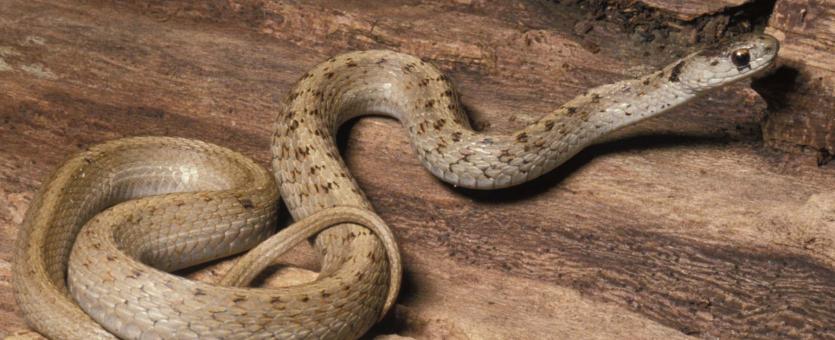
Dekay S Brownsnake Missouri Department Of Conservation
But a copperhead is still a copperhead so be careful no matter what the snake looks like.

. This means that there is no open season on these animals and it is technically unlawful to kill them. If you have encountered a snake in Missouri that is not yet on our list or that you cannot identify yourself we. This should give you a quick overview if you are dealing with a venomous snake or not.
Eastern Massasauga Sistrurus catenatus Pygmy Rattlesnake Sistrurus miliarius Western Massasauga Sistrurus tergeminus The remainder of this look at Missouri snakes. Baby snakes are difficult to identify because at first they look like worms. The largest is the bullsnake Pituophis melanoleucus sayi which averages from 50 to 72 inches 127-183 cm.
Venomous snakes in Missouri can be distinguished in three ways. Missouri also hosts all three of the Massasauga species although not in great numbers. You can also see that snakes have heads even if they are babies.
Baby copperheads are about 8-10 inches long when they are born. Common snakes found in the state of Missouri. Pupil shape The pupil is the black part in the center of the eye.
The largest is the bullsnake Pituophis melanoleucus sayi which averages from 50 to 72 inches 127-183 cm. There is a realistic exception however. 8 types of water snakes in Missouri.
The smallest snake native to Missouri is the flat-headed snake Tantilla gracilis which averages from 7 to 8 inches 18-20 cm long. Diamondback water snakes being born. Snakes have scales whike worms dont.
For a full list of every venomous and nonvenomous snake found in the USA check out my full article. This snake is found in southeastern Missouri and in the northern Mississippi River floodplain. The baby king snake has many subspecies but identifying types of king snakes is usually easy.
The list is separated into non-venomous and venomous snakes in Missouri. Pit vipers have a characteristic pit located between the eye and nostril. How to Identify a Baby Snake.
Kingsnakes Lampropeltis Prarie Kingsnake Lampropeltis calligaster calligaster Speckled Kingsnake Lampropeltis holbrooki Eastern and Red Milksnakes Lampropeltis triangulum Western Milksnake Lampropeltis gentilis Eastern Black. They all have a distinctive pattern that can be red yellow orange tan black or white that appears as bands rings stripes patches spots or speckles. Egg-laying Rough green snake hatching.
After a baby copperhead reaches adulthood it will be somewhere between 2-3 feet long. Diamondback water snakes being born. Garter snakes are harmless species that are typically found near water sources hiding under rocks and vegetation.
There are a few ways you can tell if a snake is venomous. There are five types of garter snakes found in Missouri the two most popular are the eastern garter snake and the plains garter snake. The smallest snake native to Missouri is the flat-headed snake Tantilla gracilis which averages from 7 to 8 inches 18-20 cm long.
When a venomous snake is in close association with people which could result in someone being bitten. All venomous snakes native to Missouri are members of the pit viper family. The good news is that baby snakes look like adults only much smaller.
5095 cm 20. The 8 types of water snakes in Missouri are the Northern Water Snake Diamondback Water Snake Yellow-bellied Water Snake Broad-banded Water Snake Grahams Crayfish Snake Mississippi Green Water Snake Western Mud. Harmless snakes have round pupils.
The pupils of venomous snakes appear as vertical slits. All of Missouris venomous snakes are members of the pit viper family and you easily can distinguish them from harmless snakes. All 46 Snakes in Missouri With Pictures Non-venomous Snakes.
Identification of venomous snakes. Egg-laying Rough green snake hatching. The Wildlife Code of Missouri treats snakes lizards and most turtles as nongame.
The Timber Rattlesnake pictured is Missouris most common venomous snake with a statewide distribution. It grows between 30 and 48 inches. Note the shape of the pupil.
To identify a baby snake look for scales. Yellow-bellied Water Snake Nerodia erythogaster flavigaster This snake is greenish-grey with a yellow belly. This is pretty small so some people may not recognize them as dangerous at first.
Just click on any of the images or links to learn more about the snake. Identity 130 Snake Species From The USA With Images. Identify The Most Dangerous Snakes In Missouri With Images.
The Mississippi Green Water Snake lives in cypress swamps and is now endangered in Missouri.

Missouri Dept Of Conservation What Is It Folks Are Seeing These Small Snakes This Time Of Year And We Are Getting Numerous Questions Asking What Kind Of Snake It Is It

Prairie Kingsnake Missouri Department Of Conservation

Does Anybody Have An Id This Baby Snake Was Around My Front Porch R Snakes

Snakes Of Missouri Missouri S Natural Heritage Washington University In St Louis

Eastern Gartersnake Missouri Department Of Conservation
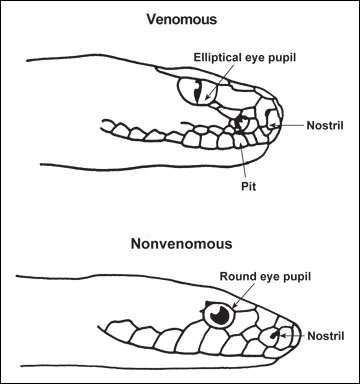
Snakes Information For Missouri Homeowners Mu Extension
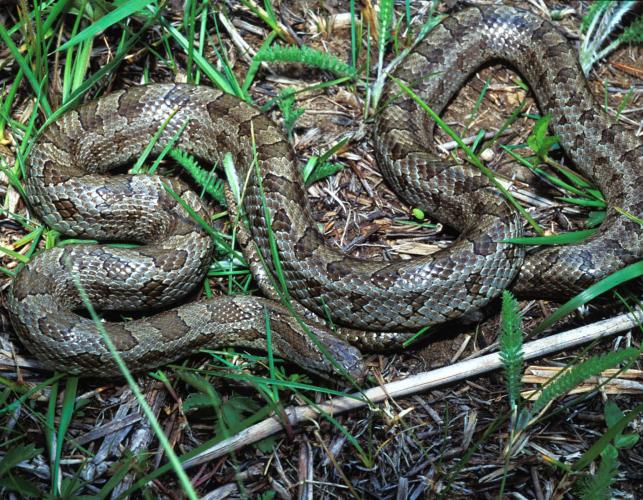
Prairie Kingsnake Missouri Department Of Conservation

Snake Identification R Missouri
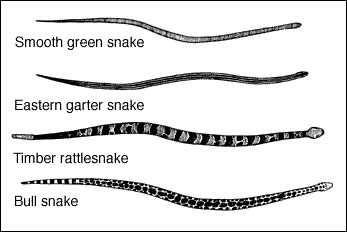
Snakes Information For Missouri Homeowners Mu Extension

Missouri Snakes Pictures And Identification Help

Snakes Of Missouri Missouri S Natural Heritage Washington University In St Louis

Missouri Snakes Pictures And Identification Help

Missouri Snakes Identification Guide Everything To Expect

Readers Write In And We Re Back Some Baby Snakes To Id Living Alongside Wildlife
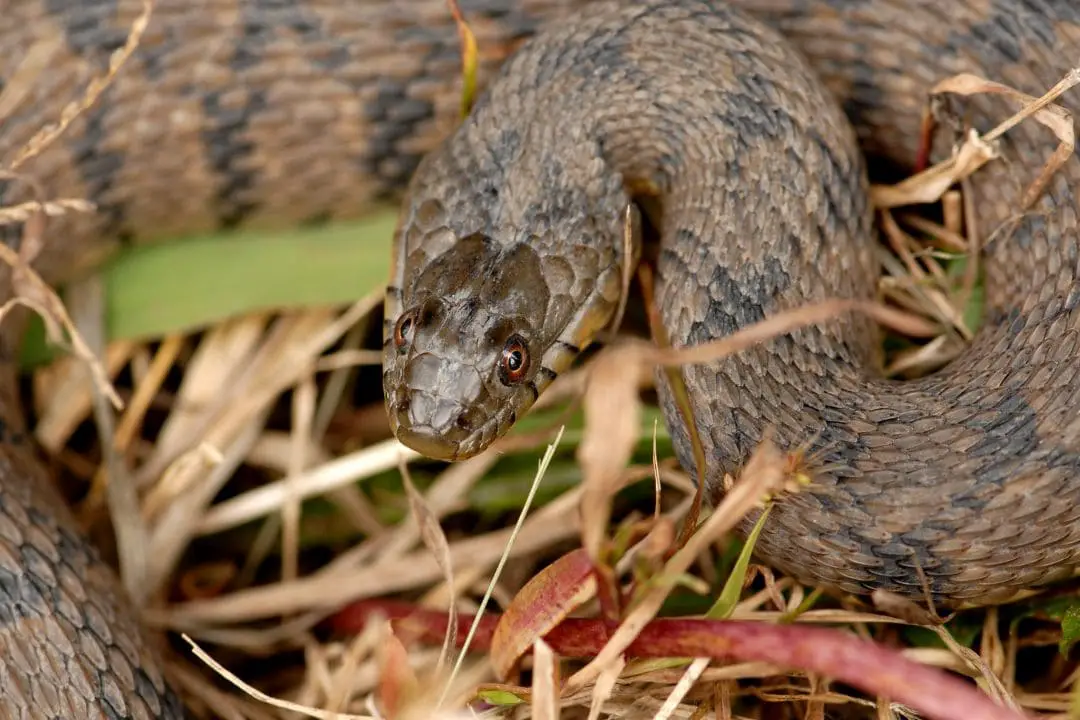
All 46 Snakes In Missouri With Pictures Reptilehow Com

Snakes Of Missouri Missouri S Natural Heritage Washington University In St Louis

Missouri Snakes Pictures And Identification Help
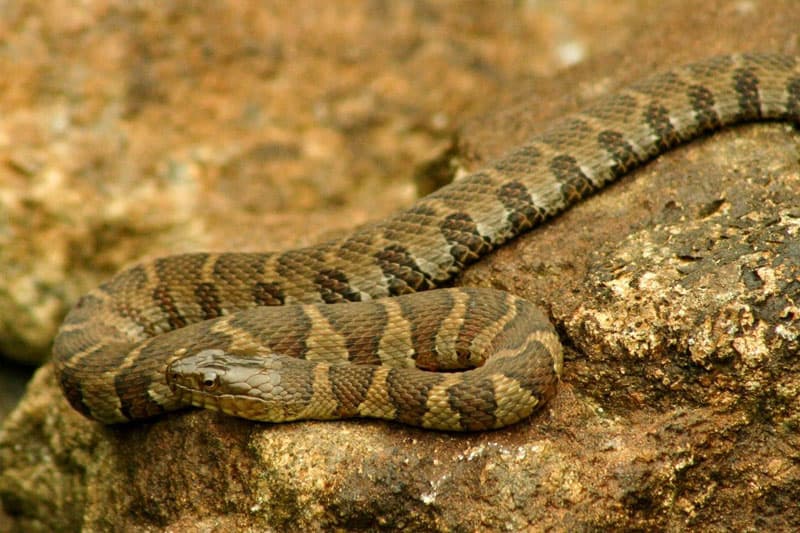
Water Snakes In Missouri 8 Species With Pictures Wildlife Informer
